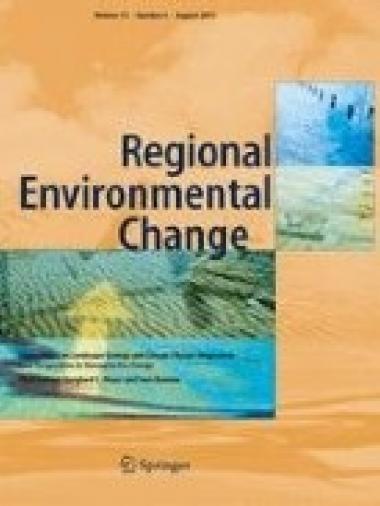Global evidence of constraints and limits to human adaptation

Constraints and limits to adaptation are critical to understanding the extent to which human and natural systems can successfully adapt to climate change. We conduct a systematic review of 1,682 academic studies on human adaptation responses to identify patterns in constraints and limits to adaptation for different regions, sectors, hazards, adaptation response types, and actors. Using definitions of constraints and limits provided by the Intergovernmental Panel on Climate Change (IPCC), we find that most literature identifies constraints to adaptation but that there is limited literature focused on limits to adaptation. Central and South America and Small Islands generally report greater constraints and both hard and soft limits to adaptation. Technological, infrastructural, and ecosystem-based adaptation suggest more evidence of constraints and hard limits than other types of responses. Individuals and households face economic and socio-cultural constraints which also inhibit behavioral adaptation responses and may lead to limits. Finance, governance, institutional, and policy constraints are most prevalent globally. These findings provide early signposts for boundaries of human adaptation and are of high relevance for guiding proactive adaptation financing and governance from local to global scales.
Citation
Thomas A, Theokritoff E, Lesnikowski A, Reckien D, Jagannathan K, Cremades R, Campbell D, Joe ET, Sitati A. Singh C, Segnon AC, Pentz B, Musah-Surugu IJ, Mullin CA, Mach KJ, Gichuki L, Galappaththi, EK, Chalastani VI, Ajibade I, Ruiz-Diaz R, Grady C, Garschagen M, Ford J, Bowen K and Global AMIT. 2021. Global evidence of constraints and limits to human adaptation. Regional Environmental Change 21:85.